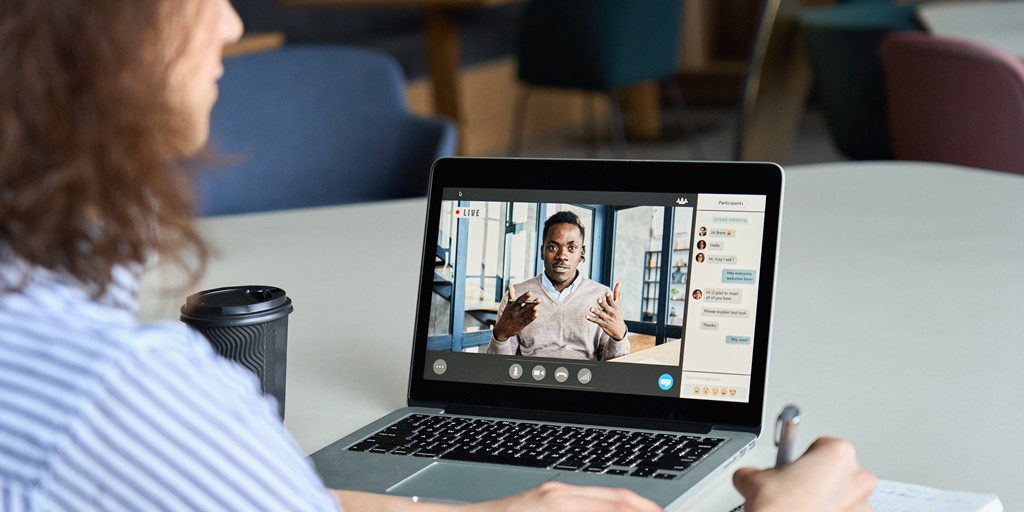
The Logical Option for Students Moving Forward – Hybrid Mode
As international MBA students return to Australia, there is evidence of steady growth despite being below pre-COVID numbers. The notion of restoring order in the form of returning to face-to-face teaching and learning is not a great option – especially now with new strains creating health issues across Australia again.
Online learning saved the day last time around– but at the same time created considerable tension and pressure for a number of Schools. My institution (UBSS) fared well – thanks to some well-needed training, great teaching, and a significant investment in technology. So much so that in a recent survey of students (across two campuses) in mid T2, 2022 - 91.5% of undergraduate students and 98.5% of postgraduate students would prefer to stay online – that is 95% of the student population.
The Hybrid Model Is a Good Option
What is more likely than a return to F2F is the hybrid model which provides the option for both online and F2F to co-exist – and remain a student choice.
The model is simple in fact. Online teaching continues from a classroom on campus and students can choose to sit in on the sessions or continue to study online. The notion is based on the television principle – a small live studio audience to give the presenter a better dynamic with a much larger audience watching (and participating) online.
The model does require some careful thought though and may not be ideal across the board.
Lights, Camera - Action
The teaching is best achieved on campus using quality technology that ensures top-end sound, clear picture and the option of interactivity. At the heart of any learning and teaching scenario – student engagement is paramount.
For the students remaining online (and this is likely to be a significant group) the quality of the delivery – from a presentation point of view is essential. Audio graphics (voice-over PowerPoint slides) are not going to do it. What is needed is a far more interactive model – not unlike watching television.
The so-called digital convicts (teaching staff forced to go online kicking and screaming) were never selected for their television personae. In many ways, this explains some poor ratings in the recent QILT outcomes (Quality Indicators of Learning and Teaching). But, with a bit of coaching and the right environment, all staff can achieve good outcomes.
The Importance of Training
As we move to the hybrid mode (classroom teaching with students online and in the classroom simultaneously) the importance of training staff (and students for that matter) to maximise learner engagement and at the same time enhance the quality of ‘the performance’ cannot be over-emphasised.
To expect all teaching staff to ‘light up’ in this environment is unrealistic. What is needed is training and support to achieve quality outcomes.
Other related blogs worth reading –
Making the most of online learning
What is meant by ‘hybrid’ learning
Why the student's voice matters
Offshore/Onshore/Or just not sure
Alternate delivery modes for international students
Other MBA TV segments worth viewing –
What is the difference between online/blended/hybrid learning
Emeritus Professor Greg Whateley is the Deputy Vice-Chancellor and Vice President (Academic) at Group Colleges Australia.






